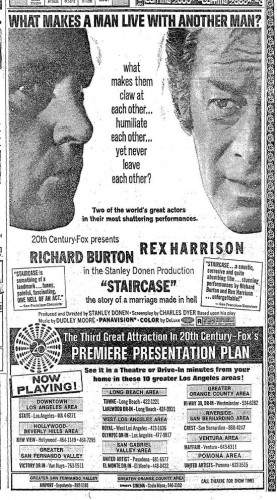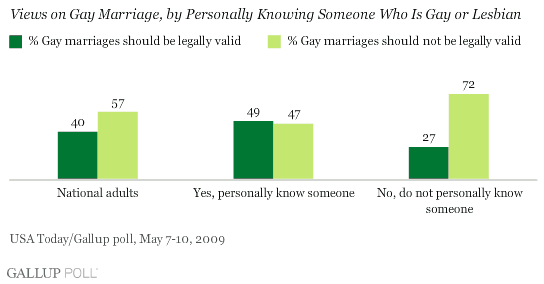Sometimes you see an image or video that is pretty subtle and complicated, and it takes some mental wrangling to figure out what it’s conveying and what cultural ideas it’s drawing on or contradicting.
And then there are things like this, sent in by Joshua B.:
1. Normalization of heterosexual male gaze (until the very end)
2. Girls getting naked
3. While washing a car ‘n stuff
4. And they come in various ethnic flavors
That’s pretty much it.
About the man at the end, reader Victoria says,
I think it’s still the male gaze – just adding gay men to the mix at the end. The “Or, if you prefer” (or whatever they say) seems to clearly speak to the men in the audience.
I agree.








